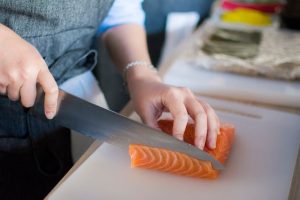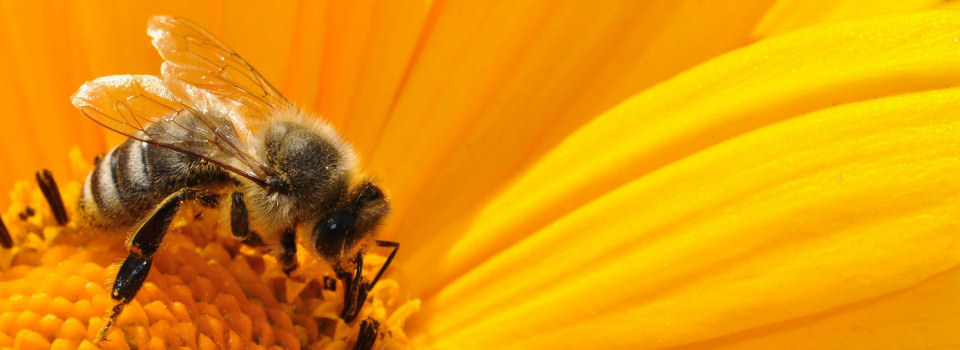Have you ever stopped to think about why that knife that came with your steak feels lately like an overexcited butter-spreading implement? Sharp blades can pretty much let the air out of your culinary sails, turning diced onions into a truly unappealing mush. So knife sharpening services come in, enabling your knives to become much sharper than before.

How did such services become so popular in our busy schedules? Well, it was first a question of preciseness. Imagine chefs using mellow instruments and grimacing instead of smiling. To outsiders, this may seem a bit of a stretch, but it's something like putting Ferraris on tricycle wheels-same spirit, same depressive results. Home cooks and pros alike want something sharp.
What's their shtick? Professional sharpening is the only way to get your tools to that special level of perfection really hard to achieve in home conditions. Home gadgets may restore an edge for some time but not without damaging the metal. The same as trying to play the grand piano while wearing mittens; it is possible, but highly ineffective.
Imagine walking into a store and seeing drowsy knives in arrival, only to have the glint of their life flashing upon leaving. The sharpening cauldron is a whirlpool of techniques, but among the most universal ways are whetstones and grinders. Stone polishing becomes an almost religious ritual to the Zen master—patience, deliberate, and slow strokes restore it to its life. Sharpening mistakes, if one's not careful, are huge, looming ominous over the task of sharpening. It reduces the length of the life span of the knife in question. One wants to maintain the integrity of the knife—not just the sharpness. Because nobody wants that steak blade, which turns itself into a butter knife. How many factors in play when deliberating who that person will be to entrust this delicate touch to? Can they understand your requirements—kitchen knives, pocket knives, or hunting knives? A few more insider tips from them, and your culinary adventure is transformed; customer service means not just adding butter to the toast—it also means jam. It tastes good and is essential.
Local knife-sharpening shops usually come with some cultural and traditional stories. It could be an old-timer in the neighborhood telling his tales along with the lore of blades. Each story is more pointed than the last. Stories like this will weave community ties, reminding one that a strong knife serves more than one functional purpose; it defines shared culinary history.
Mail-order services and mobile sharpening vans are also businesses that have similarly changed with the times. Based on convenience, these services save time in sending blades in precise condition. Be it a truck rolling into your neighborhood, or a package returning a blade, there are so many ways to satiate the needs of today.
People who are curious are always charmed by such an art, almost like a dance between metal and stone, in which elegance meets fervor. The rigors of meal preparations get interesting dimensions once you start thinking of the tomato sliced without being squished and paper-thin shavings off carrots.
There's something forthright about a well-shaken knife. Sharp tools infuse cooks with confidence, from slicing a Thanksgiving turkey to slicing a fillet of sushi. Next time you're in the kitchen, and your efforts there are frustrated because of blunt tools, let a sharpening wizard help. It's the secret ingredient you never knew you needed!
Remember: A dull knife is just as good as a broken pen. For both the once-in-a-week cook to the one who does choreographed dancing around the pots and pans, sharpening your knives can make a world of difference. You can laugh at onions, but not because they make you cry, but because you're holding the upper edge.

